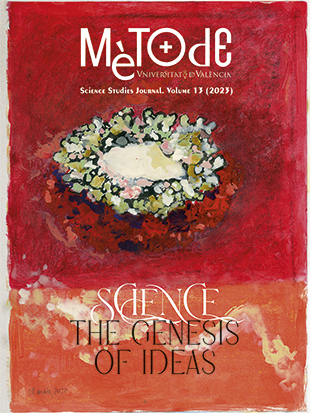Introduction: Assembled life. A natural history of societies
DOI:
https://doi.org/10.7203/metode.13.24679 Abstract
Abstract
Evolutionary biology provides explanations for the natural and remote origins of cooperation, as well as for the cognitive revolution associated with the emergence of the human species and its characterising social organisation. To understand the foundations of this human social organisation, we need to look for the adaptive advantages that social structures may have provided in the history of life, and understand which of these qualities appear to follow genuine biological vectors. Undoubtedly, human cognitive skills have allowed us to go even further and the increase in the complexity of social structures also followed an independent process, based on what would later be called economics and power structures, and initially rooted in a distinctively human trait, cumulative culture. It is now a matter of debate whether the behaviours from the earliest hunter-gatherer settlements to today’s large urban structures are truly biologically rooted. Building on the evolutionary basis of cooperation, this monograph looks at human social structures, from the most ancient and simple to the most complex of modern societies.
 Downloads
Downloads
Downloads
Published
How to Cite
-
Abstract995
-
PDF571
Issue
Section
License
![]()
All the documents in the OJS platform are open access and property of their respective authors.
Authors publishing in the journal agree to the following terms:
- Authors keep the rights and guarantee Metode Science Studies Journal the right to be the first publication of the document, licensed under a Creative Commons Attribution-NonCommercial-NoDerivatives 4.0 International License that allows others to share the work with an acknowledgement of authorship and publication in the journal.
- Authors are allowed and encouraged to spread their work through electronic means using personal or institutional websites (institutional open archives, personal websites or professional and academic networks profiles) once the text has been published.





